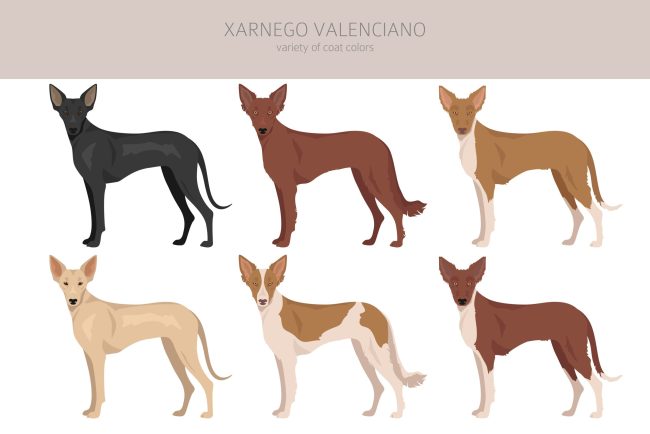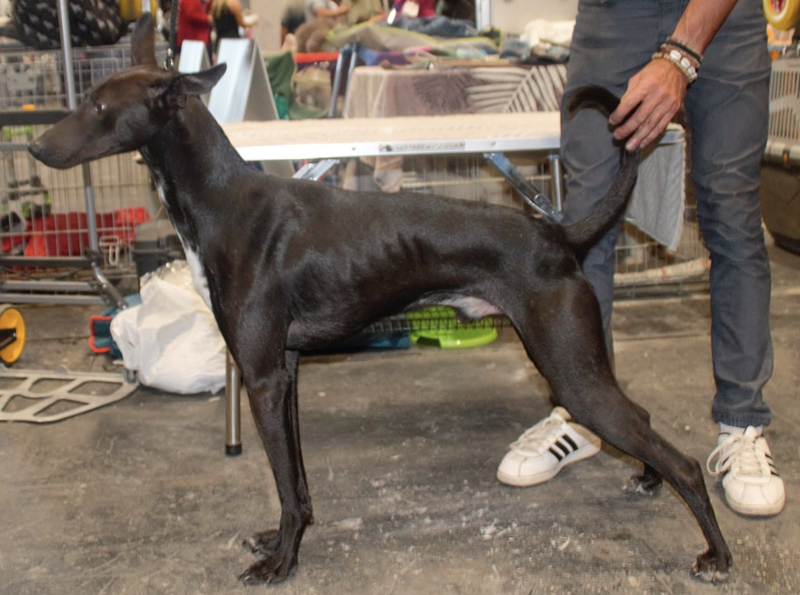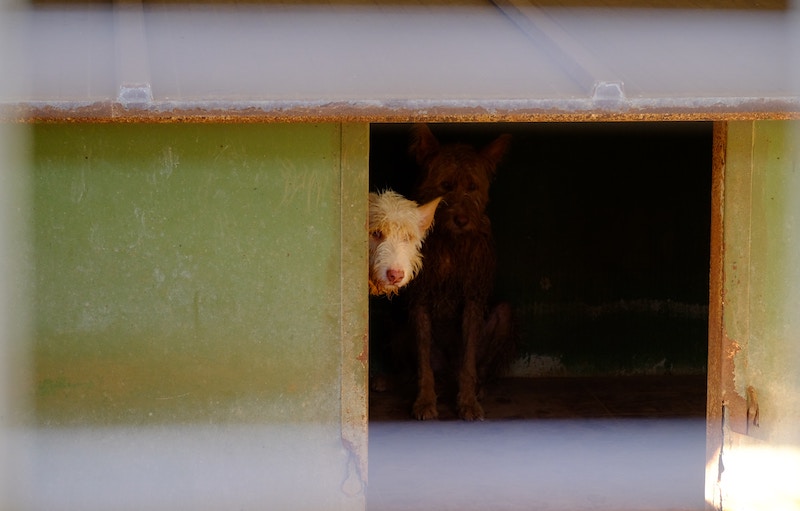
If there is one question we can ask on our Facebook page that reliably generates a robust response, it’s this one: “What is the one breed you’ve always wanted to see in person, but haven’t so far?”
People always like to be asked for their opinion, of course, but we think the question gets resounding results for a couple of other reasons, as well.
Answers to the question reveal that the breeds many of us own and love are – for other people – out-of-reach dogs, if not “exotic.” This can surprise those of us who attend dog shows, trials and/or field events where we encounter these breeds, and many more than are seen by average person in their daily life. Is it any wonder that “Meet the Breeds” events are hugely popular?
And as an aside, regional “pockets” of certain breed populations account for some of this limited exposure. We cite our own breed as an example. During the 1980s, Pulik were found in greater numbers in the midwest than were found on the west coast. A decade later, this changed, and probably will again. Dogs don’t live forever, and neither do their breeders and owners. The mantle of ownership and breeding may be picked up by others who live elsewhere, and the cycle repeats.
Another reason the question is popular is because some respondents mention breeds that few readers have ever heard of, and that brings us to the topic of this post. As entrenched as we are in the topic of dogs, we had never heard of a breed mentioned by one respondent, and that made our heart skip a beat. It also makes us wonder how we missed the Podenco Valenciano after writing a series about various podenco breeds.
Cue the feeling of humility.
A reminder that in Spanish, hare-hunting breeds are called podencos (meaning “hound”), and in Portuguese, they are podengos. In either culture, they are warren hounds, dogs that go after hares and rabbits in the underground system of tunnels called (wait for it) warrens. Like most of the other podenco breeds, the Valenciano (sometimes seen as the Xarnego or Gos Coniller) is believed to have descended from ancient hunting dogs brought to the Iberian Peninsula by tradesmen and travelers thousands of years ago. One source, in fact, suggests that the Valenciano may be the oldest Podenco of them all.
Like the other podencos, the Valenciano is a rabbit hunting specialist, this one especially suited to hunt in the unique hot and dry ecosystems of the Levante and Ebro valleys in the Valencia and Murcia regions. High intelligence and an independent mind make this a challenging breed to train. They are a problem solvers, and not especially eager to please their owner just for the sake of, well, pleasing their owner. Put another way (and written somewhat in jest), one had better be ready to explain to the dog why he or she should obey a command – or offer darn good motivation to do so.

smooth-haired Valencian Podenco, photo by Canarian appears under a Creative Commons Attribution-Share Alike 4.0 International license.
The Valenciano, a medium-sized dog typically weighing between 20 and 30 pounds, comes in three different coats: The smooth (also known as liso), the rough (known as duro), and a long, silk coat known as sedeño. Basic colors are cinnamon, black, brown and chocolate, and some dogs have what is called the “Touch of Tanit,” a little brown spot between their ears which, according to legend, was a thumbprint of the sacred red earth of Ibiza bestowed upon certain blessed dogs by the goddess, Tanit.

Photo by Katrin Selsam on Unsplash
Some sources write that the Podenco Valenciano is considered a vulnerable breed in Spain with a population of only around 2,000 dogs, and if so, it makes it all the more incredible, and tragic, that like Galgos, Podencos are among the most abused breeds in that country, particularly by ignorant and superstitious hunters. There are many rescue groups dedicated to saving these dogs, one of them is Hope for Podencos.
The Valenciano was recognized by La Real Sociedad Canina de España, or Spanish Kennel Club, in 2017, and efforts to improve the breed’s genetic diversity are said to be ongoing.
To see our other articles on the Podenco, click here.
Image at the top: Xarnego Valenciano clipart by a7880ss/Adobe
